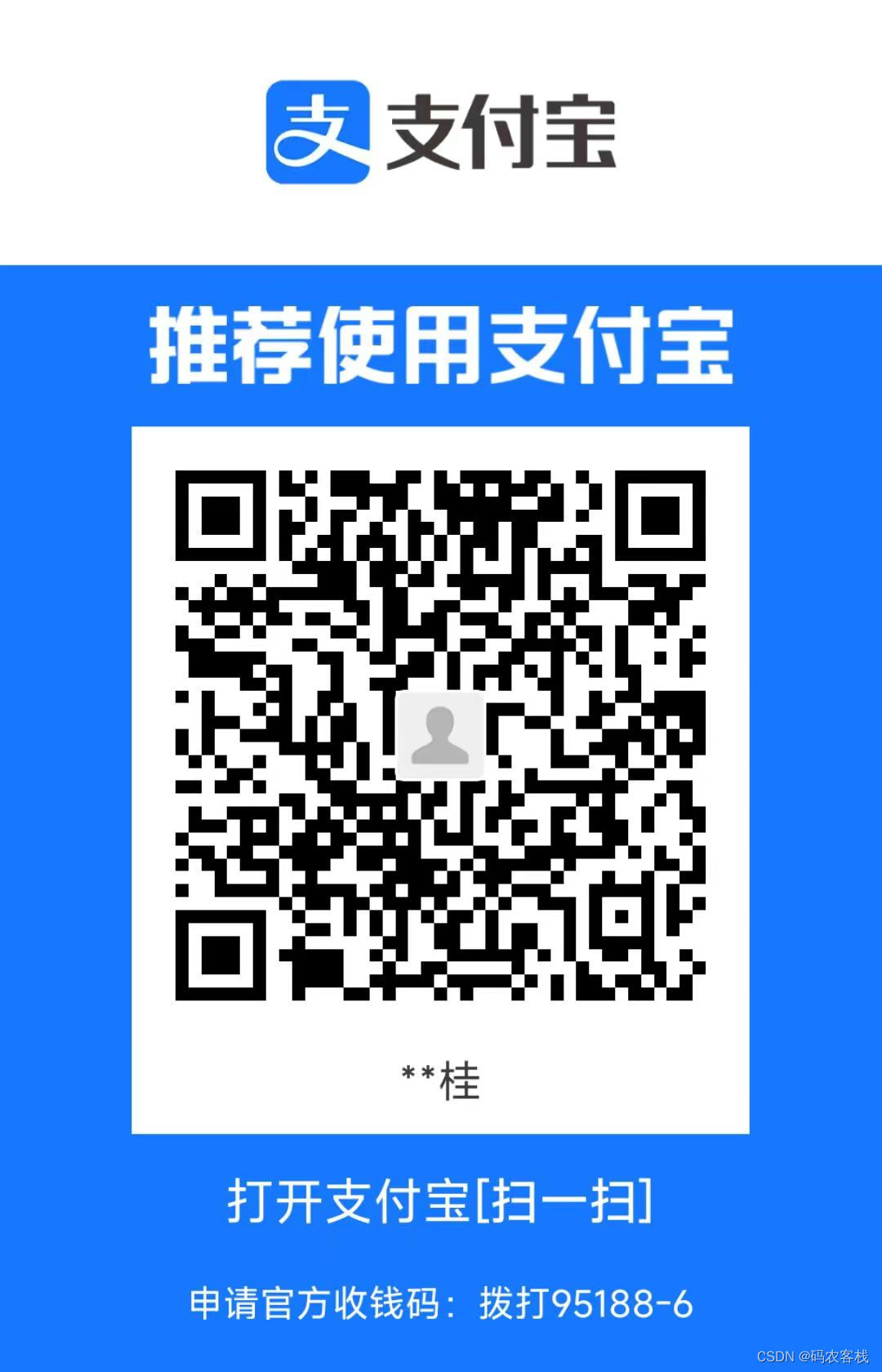1、概述
QML(Qt Modeling Language)中的Page控件是用于在SwipeView或类似容器中承载内容的独立页面。Page控件通常包含一组UI元素,如文本、图像、按钮等,这些元素共同构成了应用程序中的一个逻辑页面。通过SwipeView或其他页面容器,用户可以在不同的Page之间轻松切换。
2、重要属性
- footer :
- 类型:
Item或 QML 组件 - 描述:页脚区域,可以包含按钮、文本等任何QML项或组件。
- 类型:
- header :
- 类型:
Item或 QML 组件 - 描述:页眉区域,通常包含页面的标题、导航按钮或其他重要信息。
- 类型:
- implicitFooterHeight :
- 类型:
real(浮点数) - 描述:页脚的隐式高度,即在没有显式设置大小的情况下页脚应该占据的高度。
- 类型:
- implicitFooterWidth :
- 类型:
real(浮点数) - 描述:页脚的隐式宽度,即在没有显式设置大小的情况下页脚应该占据的宽度。
- 类型:
- implicitHeaderHeight :
- 类型:
real(浮点数) - 描述:页眉的隐式高度,即在没有显式设置大小的情况下页眉应该占据的高度。
- 类型:
- implicitHeaderWidth :
- 类型:
real(浮点数) - 描述:页眉的隐式宽度,即在没有显式设置大小的情况下页眉应该占据的宽度。通常,这可能会设置为与父容器相同的宽度。
- 类型:
- title :
-
类型:
string(字符串) -
描述:页面的标题,通常显示在页眉中。这个属性可以通过绑定或其他机制传递到页眉中的文本元素上。
Window {
width: 640
height: 480
visible: true
title: qsTr("Page Example")SwipeView { id: swipeView anchors.fill: parent currentIndex: 0 Page { title: qsTr("First Page") ColumnLayout { anchors.fill: parent Text { text: qsTr("Welcome to the first page!") Layout.alignment: Qt.AlignCenter } Button { text: qsTr("Go to Second Page") Layout.alignment: Qt.AlignCenter onClicked: swipeView.currentIndex = 1 } } } Page { title: qsTr("Second Page") RowLayout { anchors.fill: parent Text { text: qsTr("You are now on the second page.") Layout.alignment: Qt.AlignCenter } Button { text: qsTr("Go Back") Layout.alignment: Qt.AlignCenter onClicked: swipeView.currentIndex = 0 } } } } // 假设有一个标题栏或状态栏来显示当前页面的标题 // 这里我们简单地使用Text元素来模拟这个行为 Text { id: pageTitle text: swipeView.currentItem ? swipeView.currentItem.title : "" anchors.top: parent.top anchors.horizontalCenter: parent.horizontalCenter font.pointSize: 24 }}
-

觉得有帮助的话,打赏一下呗。。


需要商务合作(定制程序)的欢迎私信!!